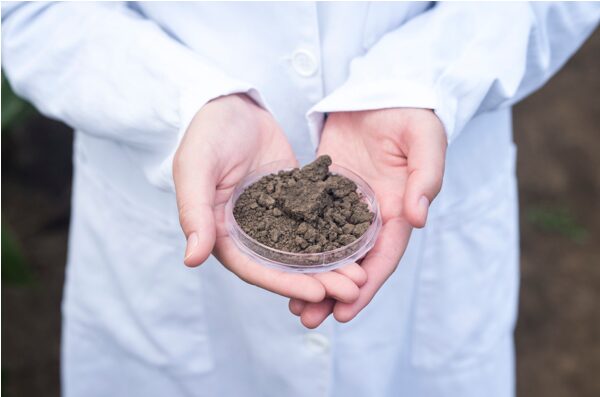Environmental Site Assessment (ESA) observes the liability of environmental contamination in a property. In other words, this assessment identifies what is the potential of a property to bring harm to human life and the environment.
However, to fully understand this concept, this post will evaluate what ESA is and how it is important for land development.
What Is an Environmental Site Assessment (ESA)?
By definition, environmental site assessment is a thorough and detailed investigation that checks the environmental integrity of a property. This investigation checks the current and historic usage of the property to identify the potential for hazardous conditions which may be present.
This process involves the identification of existing or potential environmental liabilities. It is achieved through the evaluation of soil, groundwater, and air to identify the contamination levels.
Who Needs an ESA?
Firstly, any buyer during a property acquisition would be supported by ESA. The ESA helps buyers:
- Make informed decisions on whether or not a property is appropriate for purchase
- Negotiate costs depending on their findings
- Go for further assessments if required
Moreover, ESA can be important to:
- Real estate developers
- Financial institutions, before lending
- Government agencies
- Operators of industrial facilities
The Different Phases of ESA Explained
The environmental site assessment usually takes place in three phases, and these phases can be described as per the following diagram:

Figure 1
Here is a more detailed analysis of what takes place across the three phases:
Phase I – Preliminary Assessment
In the Phase I ESA, the preliminary assessment takes place for a property. This becomes a crucial activity in the case of a commercial transaction of real estate. In this phase, the first task is the review of the historical use.
Also, the site inspection process takes place in this phase as well. Moreover, it is in this phase that the environmental consultant conducts interviews with owners as well as the local authorities. This helps identify the legal recommendations and compare them with the building’s actual condition.
Phase II – Detailed Investigation
In Phase II of an ESA, the detailed investigation goes beyond the surface and looks at the condition of the foundation of the real estate. It essentially looks at the presence of hazardous substances in the site’s subsurface.
While the environmental consultant also oversees the Phase II ESA, it is generally performed by a licensed and trained staff of geologists and engineers.
Here are the steps that are considered in this phase by the consultant and other trained staff:
- Sampling of soil, air, and water.
- Lab testing of the samples.
- Identification of existing hazards.
These steps can help identify the potential hazards in the subsurface of the real estate and evaluate the condition of the foundation of the property.
Phase III – Remediation Planning
The third phase of the ESA is optional, and this only takes place if any hazardous evidence has been found. This phase, as can be understood from its name, focuses on the cleanup and remediation of contaminated sites.
This phase itself takes place in three stages. These stages include:
- Remediation Planning: A cleanup strategy is considered. This decides on specific strategies that treat and contain the identified contaminants.
- Implementation: A risk analysis is made, and the risk assessment is planned. In this phase, the selected remediation methods are enacted.
- Regulatory Compliance: In this stage, the key stakeholders are engaged, and the real estate’s condition is environmentally regulated.
- Protecting the Property Value: The remediation process can be efficient in increasing the property’s value, and removes potential hazards and liabilities.
Here, a flow chart explains the different steps taken in the Phase III of the ESA:

Figure 2
Why ESAs Are Critical for Land Development
ESAs are critical for land development for:
- Identifying contamination: ESAs help determine if the way the land has been used in the past and the present, to identify the land’s condition
- Limiting liability: By conducting an ESA, it can help manage the potential environmental risks and elevate the quality of the land on which the real estate is constructed.
- Protection of Human Health: Ensuring that a land on which real estate is built follows all environmental protection practices, ensures protection of human health.
Summing Up
Environmental site assessments observe the current and historical conditions of a property to identify its environmental impact. It takes place in three phases, with each phase observing the conditions, doing an in-depth underground study, and finding remediation measures.
Need Your Property Appraised? Get an ESA Done Today!
Are you considering selling your property? Do you need to determine the environmental impact of your property? Consider your property’s ESA being done, from reputable sources and a capable consultant.



